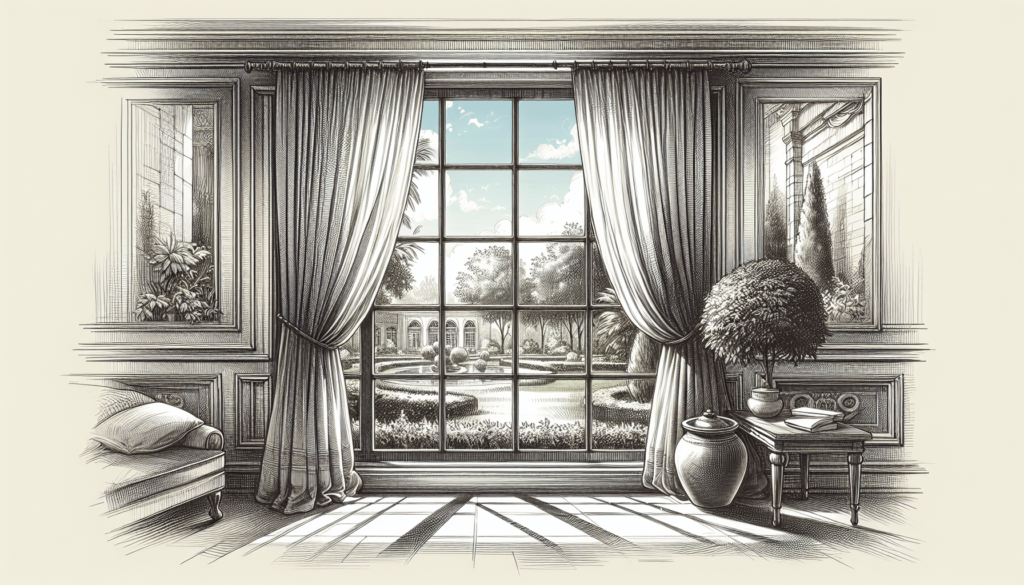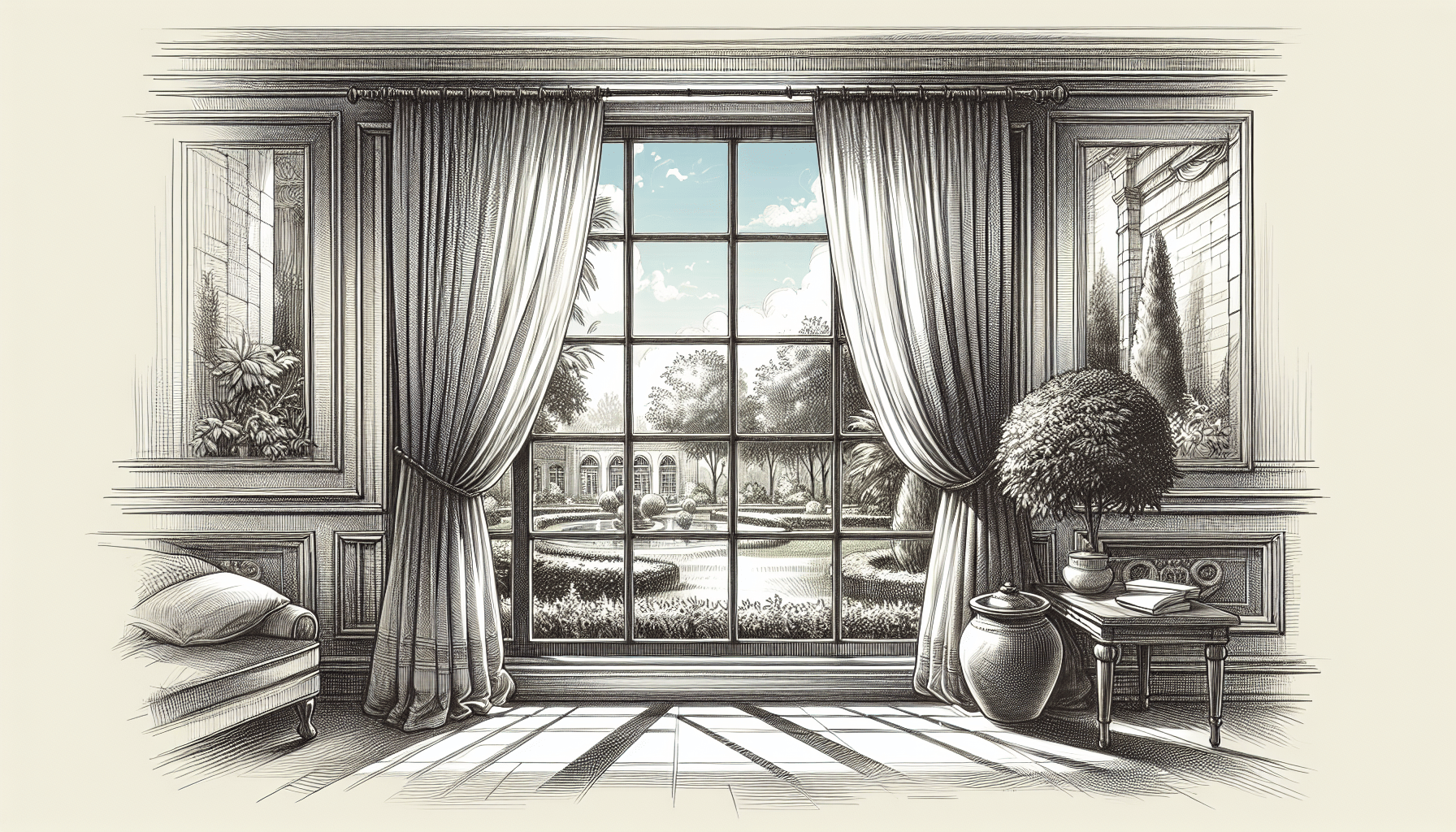What is a Single Hung Window
Have you ever wondered about the different types of windows available for your home? Maybe you’ve heard terms like “single hung window” thrown around and found yourself curious about what that really means. Understanding the various styles of windows can make a significant difference when you’re looking to improve your home’s aesthetics or energy efficiency.
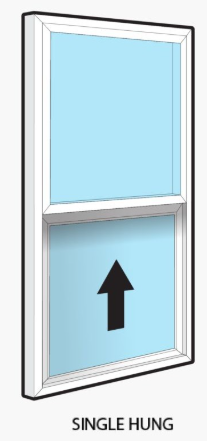
What is a Single Hung Window?
A single hung window is a popular choice among homeowners, and it’s relatively straightforward in design. What sets it apart is that only the bottom sash is operable, which means it can be opened for ventilation, while the top sash remains stationary. This can be very convenient and is a common style found in many homes.
Characteristics of Single Hung Windows
When you consider installing single hung windows, knowing their characteristics can help you decide if they’re the right fit for your home. Here are a few distinct features:
- Operable Bottom Sash: You can easily slide the bottom part up to allow fresh air to enter, making it practical for everyday use.
- Fixed Top Sash: The top section doesn’t move, which simplifies the window’s mechanics and can improve energy efficiency.
- Classic Aesthetic: They often have a timeless look that fits well in various architectural styles, from traditional to modern.
Advantages of Single Hung Windows
There are several benefits to opting for single hung windows, which might make them a great choice for your home. Let’s break down a few of the main advantages:
| Advantage | Description |
|---|---|
| Energy Efficiency | Since the top sash remains sealed, single hung windows can help maintain indoor temperatures more effectively. |
| Ease of Use | The straightforward design makes them easy to operate. |
| Cost-Effectiveness | Generally, they are less expensive compared to other window types, which can be a big plus for your budget. |
| Low Maintenance | They usually require less upkeep due to fewer moving parts, meaning less hassle for you. |
Disadvantages of Single Hung Windows
Like any product, single hung windows come with their own set of drawbacks. Understanding these can help you weigh your options wisely:
| Disadvantage | Description |
|---|---|
| Limited Ventilation | Since only the bottom sash opens, you have less airflow compared to double hung or sliding windows. |
| Cleaning Challenges | Cleaning the exterior of the top sash can be tricky without specialized equipment or ladders. |
| Less Modern Appeal | If you’re aiming for cutting-edge aesthetics, single hung windows might not fit with a contemporary design. |
Components of a Single Hung Window
To fully appreciate what single hung windows are, it helps to understand their various components. Familiarizing yourself with these can also assist when you’re discussing your window needs with a contractor.
Frame
The frame is the overall structure that holds the window in place. It’s usually made from materials like wood, vinyl, or aluminum. Your choice of frame material can impact both the appearance and insulation properties of the window.
Sash
The sash refers to the moving and fixed parts of the window. In a single hung window, the bottom sash is the only part that opens, while the top sash is usually sealed in place. This makes installation simpler and can lead to better energy retention.
Glass Pane
The glass in single hung windows can be single, double, or even triple-pane, affecting energy efficiency and insulation. Double or triple-pane glass not only helps with insulation but also reduces noise, which can improve your overall comfort at home.
Weep Holes
Weep holes are small openings located at the bottom of the window frame. They allow any water that collects inside the window to drain out, preventing moisture-related issues like mold or rot. This feature can enhance the longevity of your windows.
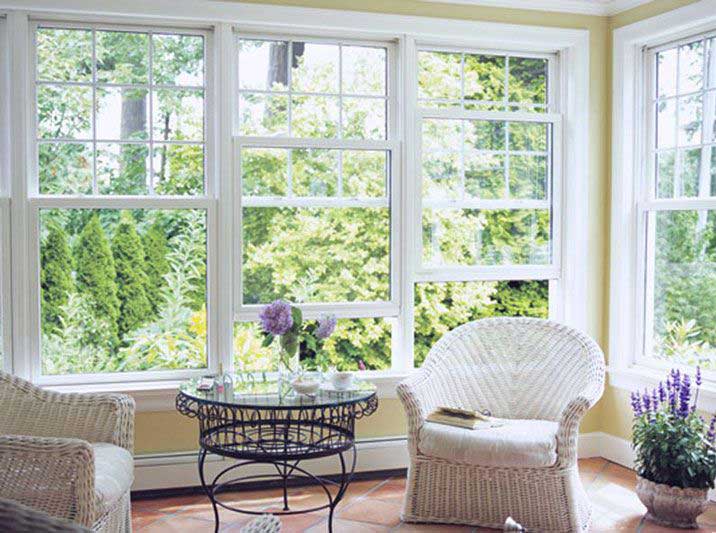
This image is property of pixabay.com.
Installation Process for Single Hung Windows
If you’re thinking of installing single hung windows, understanding the installation process can help ensure everything goes smoothly. While it’s great to know the steps involved, hiring a professional might be the best route if you’re not comfortable with DIY projects.
Preparatory Steps
Before installation begins, preparation is key:
- Measure the Opening: Accurate measurements ensure the window fits perfectly.
- Gather Tools: Common tools needed include a level, tape measure, screwdriver, and caulk gun.
- Remove the Old Window: If replacing an existing window, you’ll need to carefully take it out to avoid damaging the surrounding areas.
Installation Steps
Once preparations are complete, the actual installation process generally follows these steps:
- Place the New Window: Set the bottom of the frame in place and tilt it upright.
- Level and Secure: Use shims to ensure the window is level, and secure it in place with screws.
- Seal Gaps: Apply weatherstripping and caulk around the edges to prevent air leaks.
- Test the Functionality: Open and close the window to make sure everything operates smoothly.
Post-Installation
After the installation, take a moment to inspect everything. Check for any gaps or unevenness. If you notice anything off, now’s the time to make adjustments.
Choosing the Right Single Hung Window for Your Home
Selecting the ideal single hung window for your home involves considering multiple factors. Let’s go through some key aspects that can help you make informed choices.
Material Choices
The material you pick for your single hung windows can impact durability, maintenance, and cost. Here are some common options:
- Vinyl: Known for being cost-effective and low-maintenance. It’s also resistant to moisture and insects.
- Wood: Offers a classic look but requires more maintenance to prevent rot and warping.
- Aluminum: Durable and lightweight, but it may not provide the best insulation unless designed specifically for it.
Style and Design
Single hung windows come in various styles. Here are a few you might consider:
- Grille Patterns: You can choose between various grille designs to add character.
- Color Finishes: Many manufacturers offer a wide range of colors or the option to paint windows to match your home’s aesthetic.
Energy Efficiency Ratings
One of the most critical factors to think about is energy efficiency. Look for windows with good ratings to help with insulation and reduce your energy bills. These ratings often include:
- U-Factor: This measures how well the window insulates—lower values indicate better insulation.
- Solar Heat Gain Coefficient (SHGC): This indicates how much solar heat the window transmits. A lower SHGC can help keep your home cooler in warmer months.
This image is property of pixabay.com.
Maintenance Tips for Single Hung Windows
Keeping your single hung windows in excellent condition doesn’t require a lot of effort, but some routine maintenance can make a world of difference. Here are practical tips to help you take care of them:
Regular Cleaning
Windows benefit greatly from regular cleaning. You can follow these simple steps:
- Glass: Use a mild soap and water solution with a microfiber cloth to remove dirt and smudges.
- Frames: Wipe down frames with a damp cloth to remove dust and debris. For vinyl frames, a soft brush can help.
Check for Damage
Periodically inspect your windows for any signs of damage. Look for things like:
- Cracks in the Glass: If you see cracks, consider having them repaired to avoid water damage.
- Worn Weatherstripping: If the weatherstripping looks cracked or missing, replace it to maintain energy efficiency.
Lubrication
To keep your windows operating smoothly, occasional lubrication may be needed. You can use a silicone-based spray on the moving parts, ensuring they glide seamlessly.
Cost of Single Hung Windows
Like any home improvement project, knowing the costs involved with single hung windows can help you budget effectively. Costs will vary based on several factors, including:
Window Material
Different materials come with different price ranges. For example:
| Material | Average Cost Per Window |
|---|---|
| Vinyl | $300 – $700 |
| Wood | $500 – $1,200 |
| Aluminum | $400 – $800 |
Installation Costs
If you choose to hire a professional for installation, labor costs can add anywhere from $100 to $300 per window, depending on complexity and local rates.
Additional Features
Remember that additional features, like energy-efficient glass, custom sizes, and unique designs, can also impact the overall price. It’s a good idea to discuss your budget with your window supplier to see what options are available.
Finding the Right Contractor
Choosing a reliable contractor can make all the difference in your window installation experience. Here are a few tips to help you find the right one:
Research
Start by doing some research online. Look for local contractors with good reviews and check their website for project images and testimonials.
Get Multiple Quotes
Don’t settle for the first quote you receive. Instead, reach out to multiple contractors to get a sense of pricing and options. This can also give you an idea of who you feel most comfortable working with.
Ask About Insurance and Licenses
It’s essential to ensure that the contractor you choose has the necessary licenses and insurance. This protects you in case of accidents during installation.
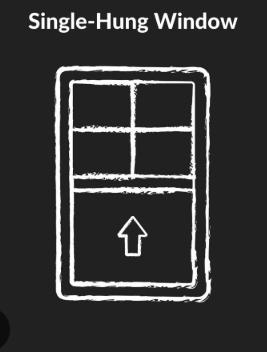
Conclusion
Single hung windows might seem simple at first glance, but they come with a range of features, advantages, and distinct characteristics that make them a popular choice for many homeowners. Hopefully, this discussion about single hung windows has helped clarify what they are and how they can benefit your home.
When considering upgrades or renovations, taking the time to thoroughly understand each aspect can help you make well-informed decisions. Whether you aim to enhance your home’s energy efficiency, aesthetics, or comfort, single hung windows can be a great option. So, when you think about your next home window project, remember the potential of life with single hung windows!
